A Spicy Journey: Discovering the Magic of Turkish Seasoning
Table of Contents
Introduction to Turkish Seasoning
Turkish seasoning is a blend of spices that has been used for centuries in the culinary traditions of Turkey. Known for its bold, aromatic flavor and versatility, this seasoning is more than just a simple mix of herbs and spices—it's a cultural treasure that brings warmth, depth, and authenticity to any dish. Whether you're cooking a traditional kebab, a hearty stew, or even a modern fusion recipe, Turkish seasoning can elevate your cooking experience like no other.
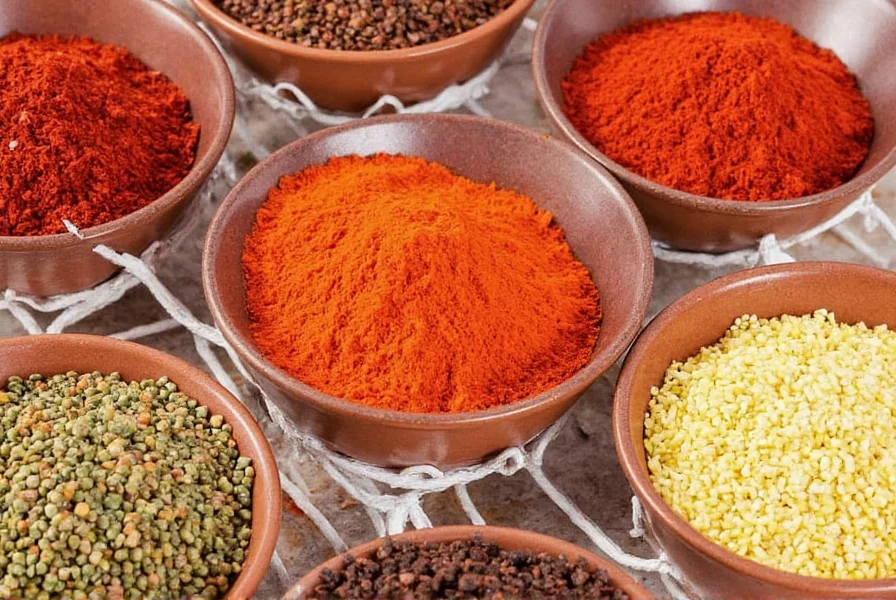
The Taste of Turkey: What Makes Turkish Seasoning Unique?
If you've ever tasted a perfectly grilled kebab or a fragrant lamb stew from Turkey, you know that the secret lies in the seasoning. Turkish seasoning is typically a combination of garlic, paprika, cumin, coriander, oregano, and sumac, creating a complex, layered flavor profile that’s both savory and slightly tangy. Unlike Western-style seasonings, which often focus on salt and pepper, Turkish blends are designed to bring out the natural flavors of ingredients while adding a rich, earthy aroma.
What makes it unique is its balance—no single spice dominates, but each one contributes to the overall harmony. It's a seasoning that respects tradition yet adapts well to modern tastes. This flexibility has made it popular not only in Turkish kitchens but also among chefs around the world who want to add an exotic touch to their dishes.
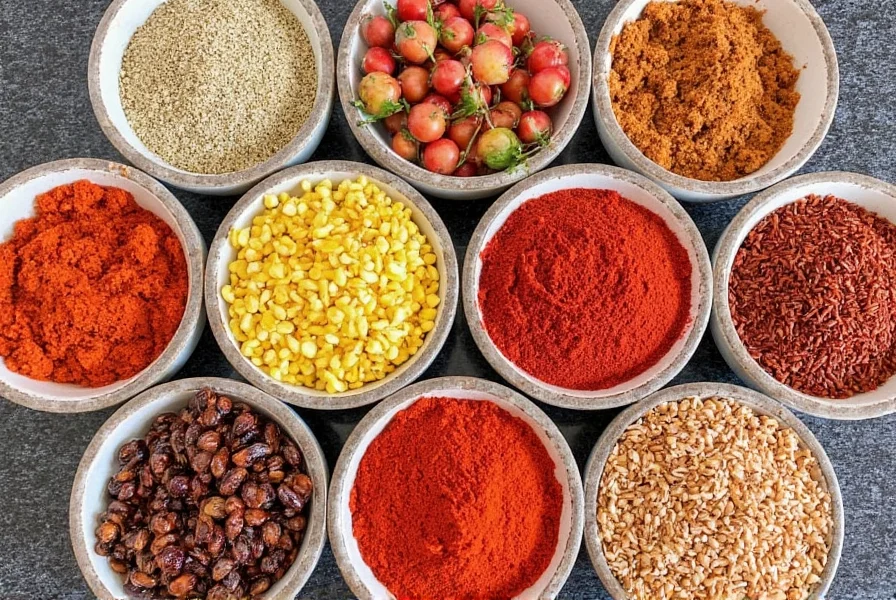
Common Ingredients in Turkish Seasoning
Let’s break down the key components that make up a classic Turkish seasoning blend:
- Paprika: Adds a mild sweetness and a vibrant red color.
- Cumin: Brings a warm, nutty flavor that’s essential in many Middle Eastern dishes.
- Oregano: Offers a slightly bitter, earthy note that complements meats and vegetables.
- Coriander: Provides a citrusy, slightly sweet undertone that enhances the overall depth.
- Garlic: Adds a pungent, savory kick that's crucial in many Turkish recipes.
- Sumac: A tangy, lemony spice that gives the blend a refreshing finish.
Some variations might also include black pepper, cinnamon, or even a hint of chili for added heat. The exact combination can vary depending on the region and personal preference, making it a highly customizable seasoning.
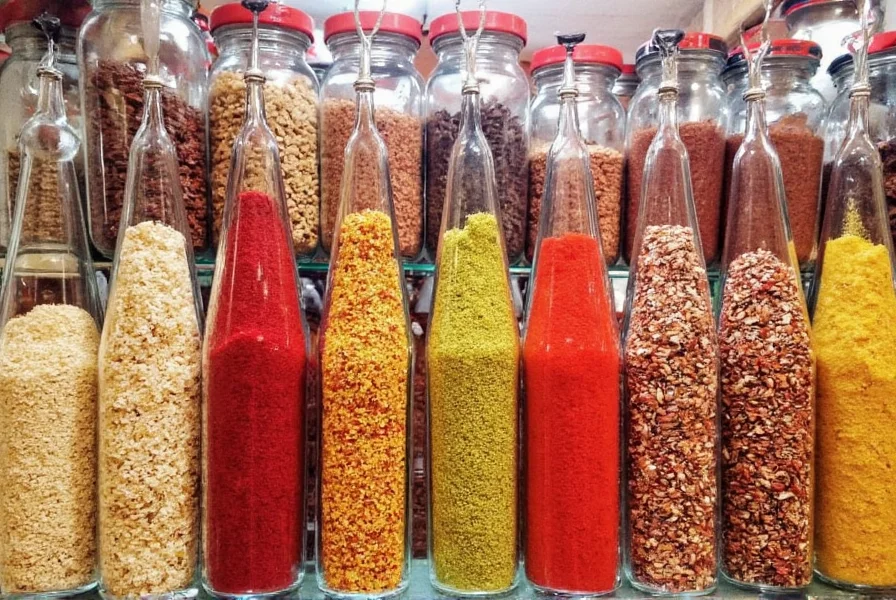
How to Use Turkish Seasoning in Your Cooking
Turkish seasoning is incredibly versatile. Here are some practical tips on how to use it in your kitchen:
- Marinating Meat: Mix it with olive oil, lemon juice, and garlic to create a flavorful marinade for chicken, lamb, or beef.
- Seasoning Vegetables: Sprinkle it over roasted eggplant, zucchini, or potatoes for a burst of flavor.
- Enhancing Soups and Stews: Add a pinch to lentil soups, tomato-based stews, or rice dishes for extra depth.
- Seasoning Grains: Try it with bulgur, quinoa, or couscous for a Middle Eastern twist.
- Flavoring Dips and Sauces: Use it to enhance yogurt-based sauces or hummus for a more complex taste.
One of the best things about Turkish seasoning is that it doesn’t need to be used in large quantities. A little goes a long way, so start with a teaspoon and adjust according to your taste.
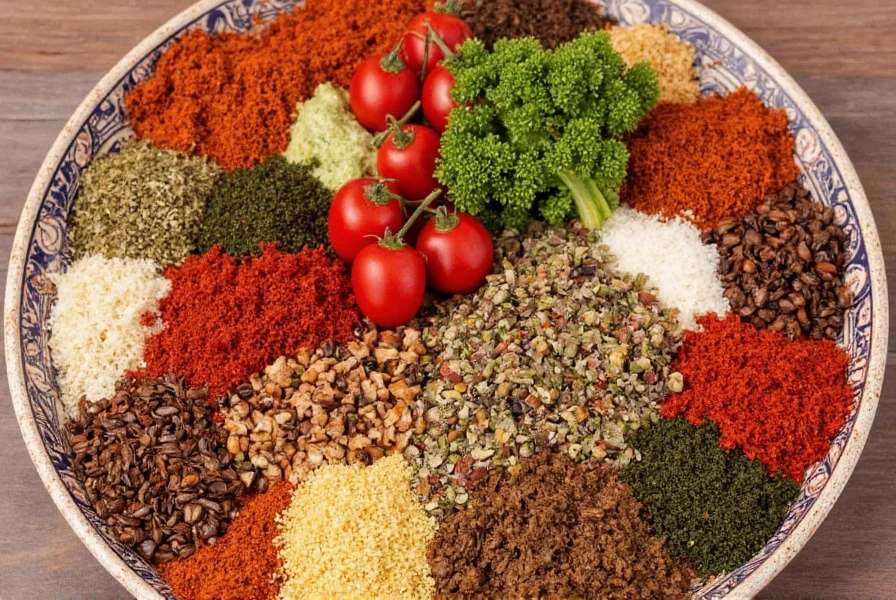
Buying Guide: How to Choose the Best Turkish Seasoning
When it comes to buying Turkish seasoning, there are a few things to consider to ensure you get the best quality:
Features to Look For
- Natural Ingredients: Opt for blends that use real spices without artificial additives or preservatives.
- Freshness: Check the expiration date and look for products that are packaged in airtight containers to maintain freshness.
- Regional Variations: Some brands specialize in regional blends, such as those from Istanbul, Izmir, or Antalya, each with its own unique flavor profile.
Advantages of Different Brands
| Brand | Key Features | Best For |
|---|---|---|
| Turkish Spice Co. | Hand-blended, organic ingredients | Health-conscious cooks |
| Marmara Flavors | Traditional recipes passed down through generations | Those seeking authentic taste |
| Golden Spice | Great value, available in bulk | Home cooks and small businesses |
Use Cases and Target Audience
Turkish seasoning is ideal for:
- Home cooks looking to experiment with new flavors
- Chefs wanting to add an exotic touch to their menu
- Food enthusiasts interested in global cuisines
It’s also perfect for special occasions like holiday meals, family gatherings, or themed dinners where you want to impress your guests with a unique and authentic taste.
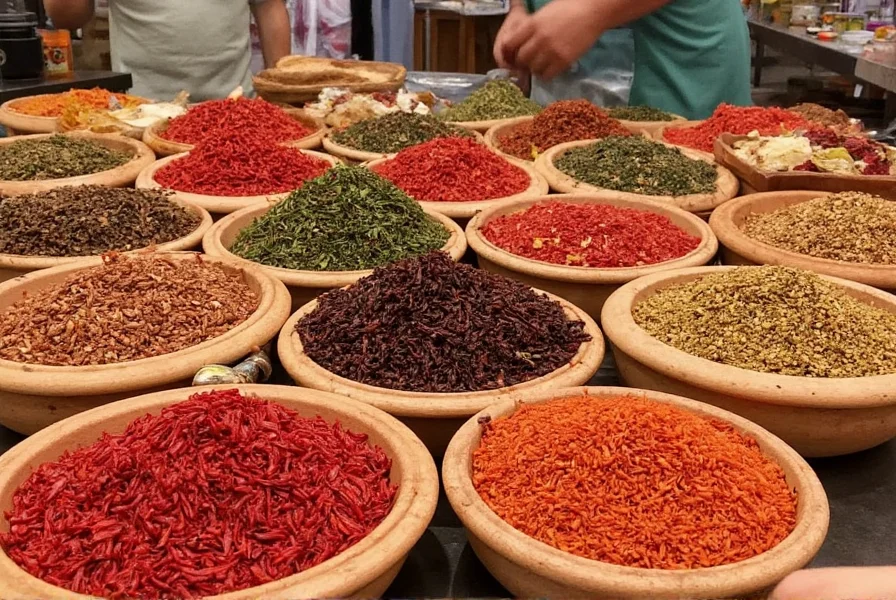
Recipes That Shine with Turkish Seasoning
Now that you know what Turkish seasoning is and how to use it, here are a few delicious recipes that showcase its versatility:
1. Turkish-Style Grilled Chicken
This recipe uses Turkish seasoning to marinate the chicken before grilling, resulting in juicy, flavorful meat with a smoky edge.
2. Sumac-Roasted Vegetables
Combine Turkish seasoning with a bit of olive oil and roast your favorite vegetables for a healthy and tasty side dish.
3. Spiced Lentil Soup
Add a dash of Turkish seasoning to your lentil soup for an extra layer of flavor and warmth.
4. Turkish Rice Pilaf
Stir a teaspoon of Turkish seasoning into your rice as it cooks for a subtle, aromatic twist.

Conclusion
Turkish seasoning is more than just a spice—it's a gateway to the rich and diverse culinary heritage of Turkey. With its unique blend of flavors, it offers something for every palate, whether you're a seasoned chef or a curious food lover. By understanding its composition, learning how to use it effectively, and choosing the right product, you can bring the essence of Turkey into your kitchen with ease.
So why not give it a try? Whether you're experimenting with new recipes or simply looking to elevate your everyday meals, Turkish seasoning is sure to add a touch of magic to your cooking. After all, as the saying goes, 'A meal without spice is like a song without melody.' And Turkish seasoning is definitely the melody that will make your dishes sing.
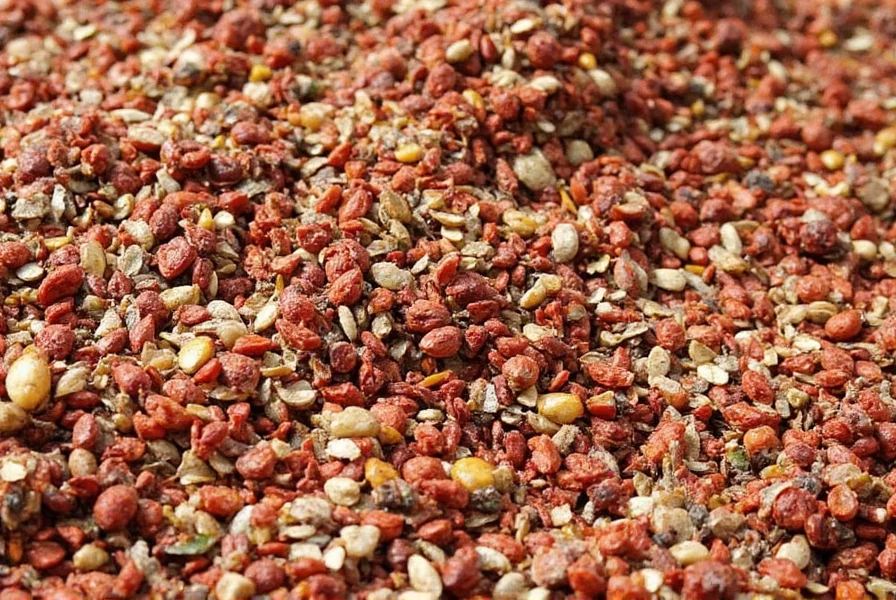

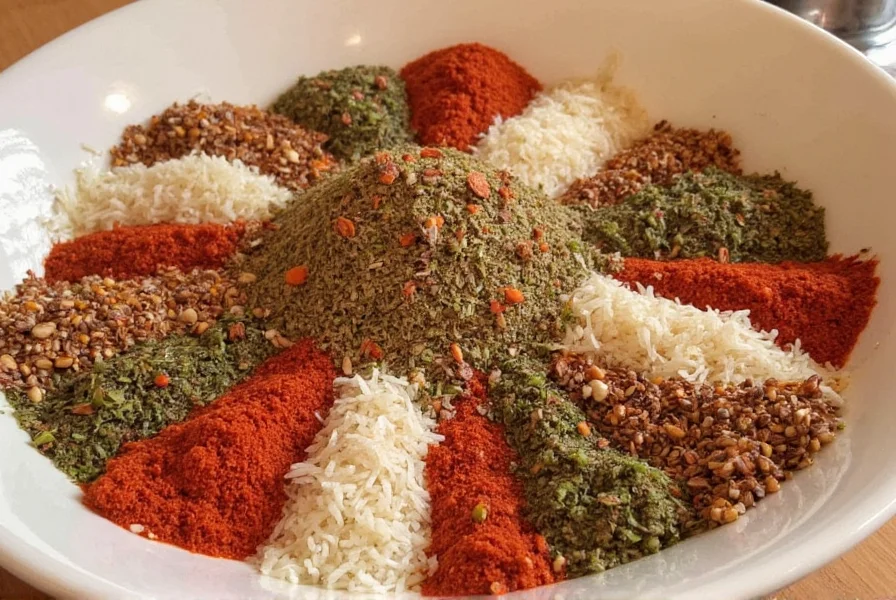









 浙公网安备
33010002000092号
浙公网安备
33010002000092号 浙B2-20120091-4
浙B2-20120091-4